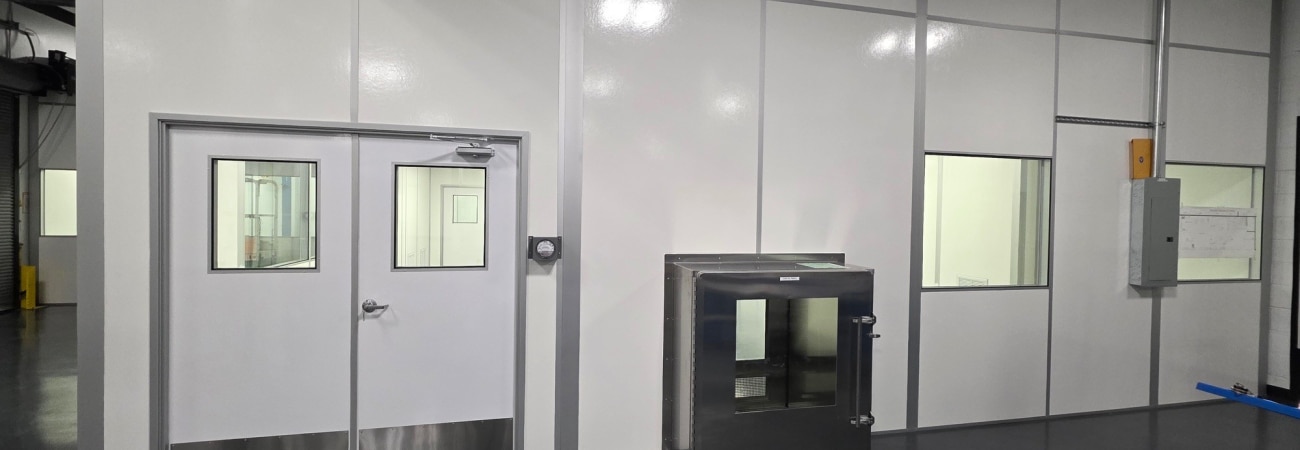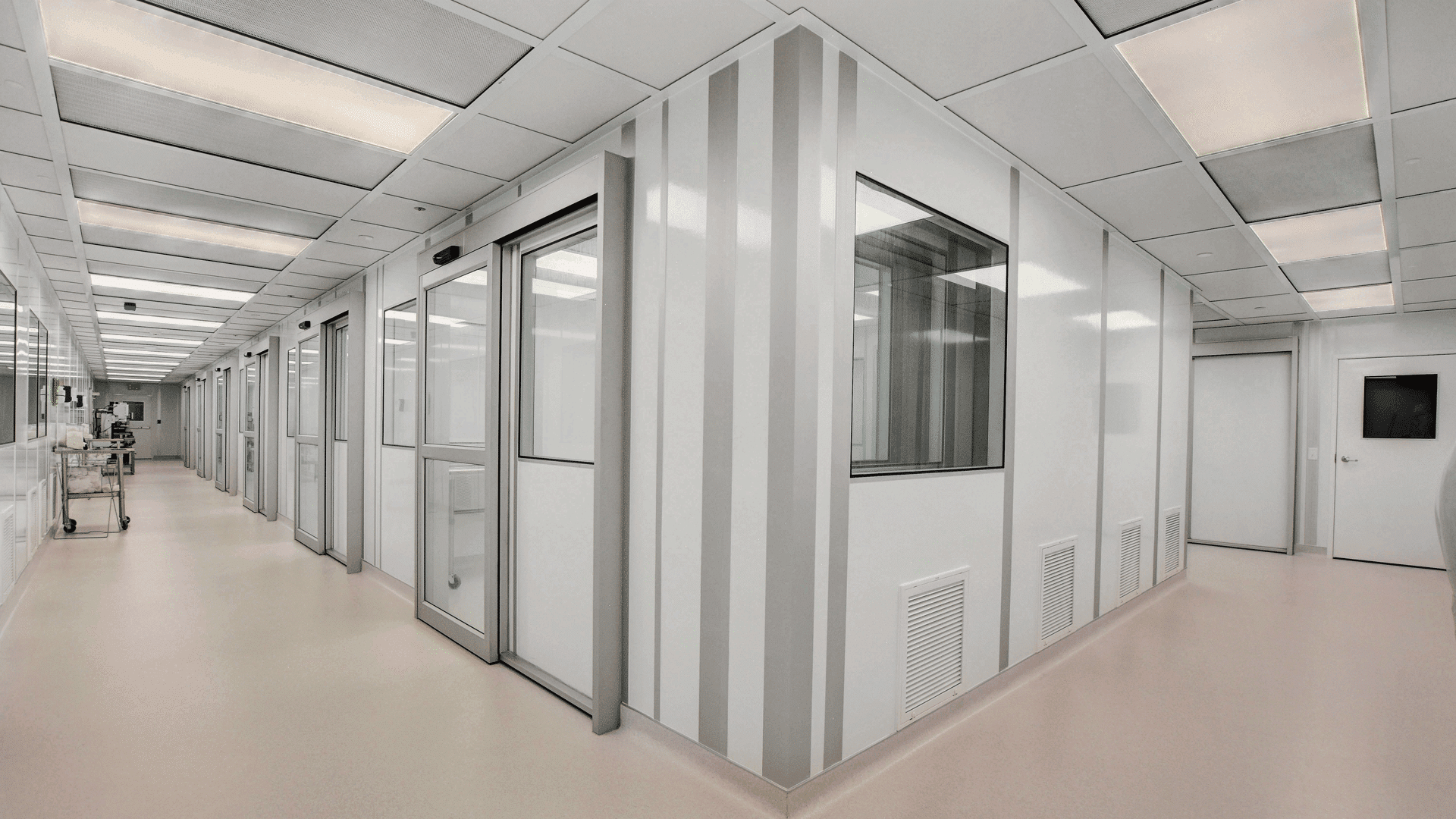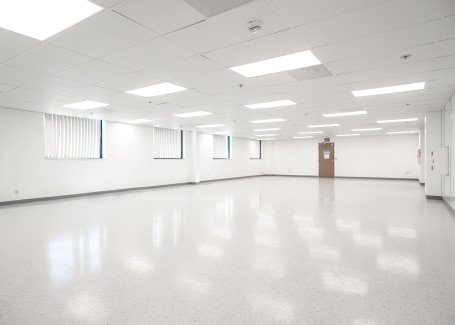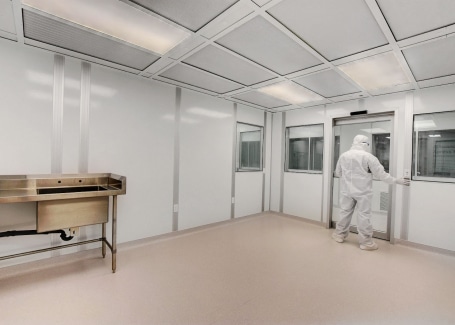Within pharmaceutical manufacturing, compounding, and other drug-handling spaces, buffer rooms and anterooms are often used to keep medications safe. You’ll find them in multi-room cleanroom suites, but especially in pharmacies, hospitals, and drug manufacturing more generally. But they are not used in every cleanroom, and you certainly won’t find them in cleanrooms for electronics, automotives, or semiconductors. In this article, we’ll define what a buffer room is, what an anteroom is, and cover some of the main differences between the two.
What Is a Buffer Room?
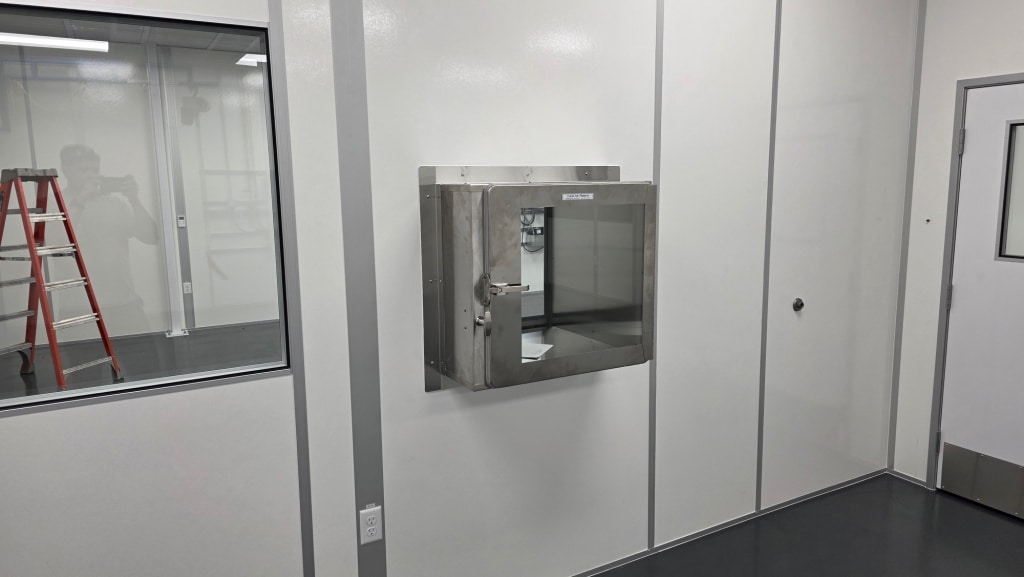
A buffer room is a cleanroom that surrounds an even more sterile space. It acts as a “buffer” in that it functions as a layer of protection over the main working area. The room is typically ISO 7, and usually has a primary engineering control (PEC), such as a laminar airflow hood or biosafety cabinet, which is where the sterile work happens. It will either use positive pressure (to protect the products) or negative pressure (to contain hazardous materials), depending on the work being done.
A buffer room is never used as a gowning room or for storage, and no activity is permitted unless it will directly support the work done inside the PECs.
What Is an Anteroom?
An anteroom, on the other hand, acts as a transition zone. From “ante,” meaning before, it comes prior to the buffer room and PECs. Similar to a buffer room, it protects a sterile environment by having a level of cleanliness, typically ISO 8, though less so than a buffer room. Before entering a buffer room, workers often use the anteroom to wash their hands, put gowns on, and perform any safety protocols. In short, an anteroom acts in concert with the buffer room and PECs to progressively filter the flow of personnel and materials in such a way that lowers the overall risk of contamination.
If the cleanroom is being used for hazardous drug compounding, then the anteroom will have positive pressure relative to the buffer room, which of course is kept under negative pressure.
Buffer Room vs Anteroom: What Are the Main Differences?
| Buffer Rooms | Anterooms |
|---|---|
| Where aseptic work happens | Used for gowning and prep before entering buffer room |
| ISO Class 7 | ISO Class 8 |
| Staff handle drugs and materials | Staff wash hands, put on gowns, and prepare materials |
| No entry or exit without full sterile protocol | Entry point into the cleanroom suite |
| Positive pressure for non-hazardous drugs; negative for hazardous ones | Positive pressure to protect nearby areas |
| Designed to house PECs, such as LAFWs or BSCs | Designed to separate clean and dirty spaces |
| Directly governed by USP <797> and <800> for sterile operations | Required as support space under USP <797> and <800> |
The Bottom Line
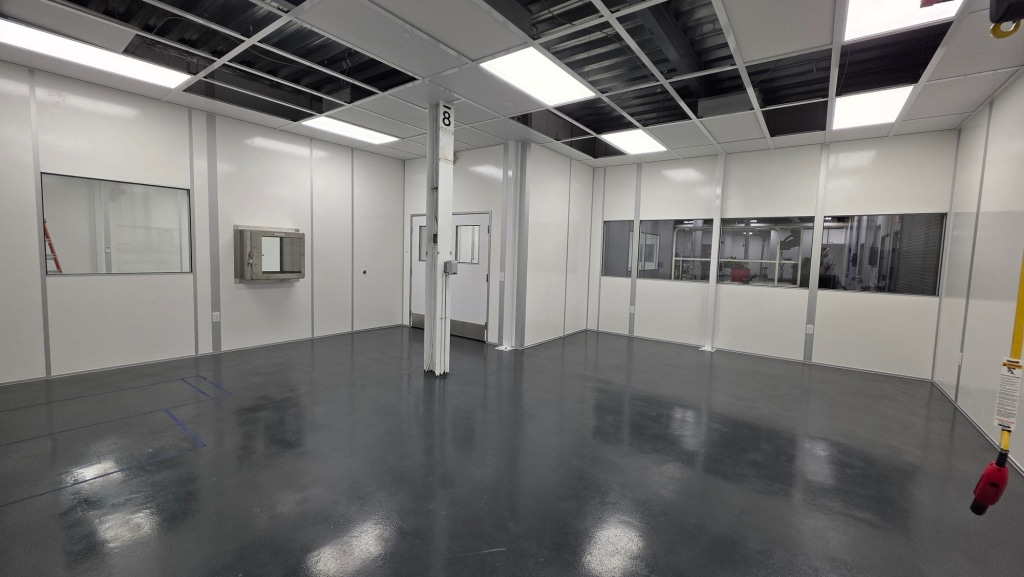
In short, the buffer room is where the sterile work itself happens. The anteroom is the space prior, where people get ready to enter the rest of the space. Both are required for cleanrooms that involve sterile drug handling. And if you’re managing a facility that deals with sterile medicines or other aseptic products, you’ll likely need them both.


